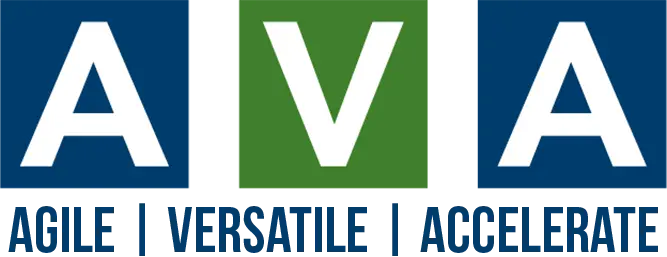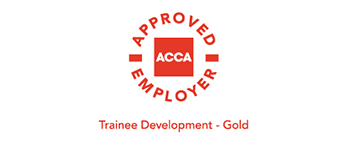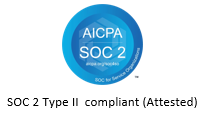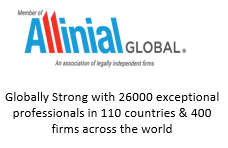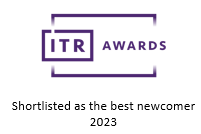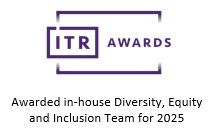The IFRS Foundation has released a much-anticipated Q&A guidance to support companies in reporting greenhouse gas (GHG) emissions under IFRS S2.
New guidance
This new guidance is designed to enhance clarity, consistency, and comparability in climate-related financial disclosures — helping organizations navigate the complexities of emissions reporting and empowering investors with better insights for decision-making.
🌲 Clarifying GHG Emissions Reporting Requirements
The newly issued Q&A guidance provides detailed explanations on several key aspects of GHG emissions reporting:
Scope 1, 2, and 3 Emissions: The guidance delineates the requirements for disclosing direct emissions (Scope 1), indirect emissions from purchased energy (Scope 2), and other indirect emissions occurring in a company’s value chain (Scope 3).
🌲 Measurement Approaches: Companies are advised on selecting appropriate measurement methodologies, such as the operational control or financial control approaches, in line with the GHG Protocol Corporate Standard.
🌲 Disclosure of Financed Emissions: For entities in sectors like banking and insurance, the guidance emphasizes the importance of disclosing emissions associated with financed activities, aligning with the GHG Protocol Corporate Value Chain Standard.
🌲 Net vs. Gross Emissions Targets: Entities setting net GHG emissions targets are required to also disclose their corresponding gross emissions targets, ensuring clarity on the extent of emissions reductions and the role of carbon offsets.
Integration with Existing Standards
IFRS S2 aligns with globally recognized frameworks, notably the Task Force on Climate-related Financial Disclosures (TCFD) and the GHG Protocol. By referencing these standards, IFRS S2 promotes consistency in climate-related disclosures across jurisdictions and industries.



